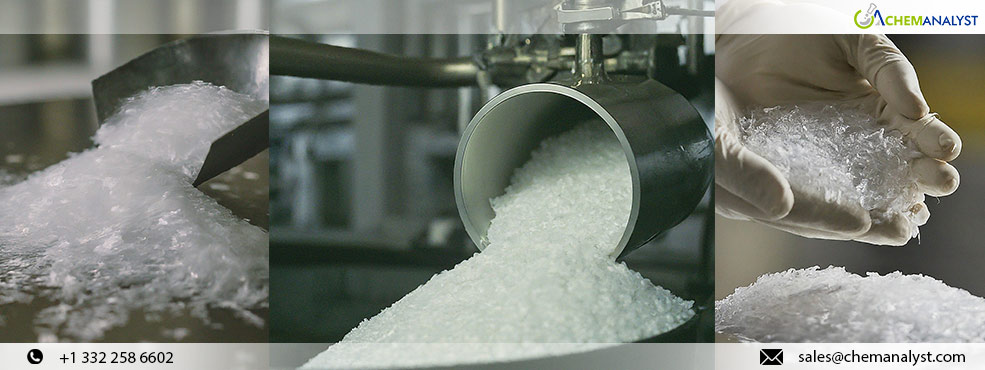Caprolactam Price Hike in Europe: Impact of Raw Material Costs and Auto Sector Demand
- 22-Mar-2024 12:20 PM
- Journalist: Shiba Teramoto
Since the start of March 2024, the price of Caprolactam in the European region has shown a steady increase. This upward trend can be attributed to several factors, most notably the significant cost pressures stemming from raw material prices. Additionally, the uptick in demand from the downstream automotive sector has played a role in driving this price movement. The cost of Caprolactam increased by 4% on a FOB Hamburg basis during the week ending on March 15th.
Raw material Benzene prices rose firmly, a key determinant in Caprolactam pricing, and have been experiencing notable volatility, largely influenced by various factors including global economic conditions, geopolitical events, and supply chain disruptions. These factors have collectively led to increased costs, ultimately impacting the overall pricing of Caprolactam. Furthermore, the improvement seen in the downstream automotive sector has added to the upward pressure on Caprolactam prices. As the automotive industry continues its recovery from recent challenges, there has been a corresponding rise in demand for Caprolactam, a crucial component in the production of automotive parts and components.
In February, there was a 1.8% increase in downstream auto sales compared to the previous month. Additionally, 217,388 new cars were registered in February, marking a 5.4% increase over the same month the previous year. This uptick suggests that consumption of Caprolactam in the automotive parts manufacturing industry has remained stable and is poised for further improvement in the upcoming months. The growth in auto sales is a positive sign for the automotive sector, indicating a potential increase in the production of vehicles and related components. Furthermore, sentiment within the manufacturing sector shifted positively in March, although the overall level of optimism saw a slight improvement.
On March 1st, 2024, manufacturers in the European region implemented a price hike for Caprolactam and other downstream products. This decision was driven by the significant impact of raw material prices across Europe. The rising cost of raw materials, a key component in the production of Caprolactam and its derivatives, forced manufacturers to adjust their pricing to maintain profitability. This move is expected to have an impact on the overall pricing of Caprolactam and its downstream products in the European market.
Looking ahead, the expected improvement in the automotive industry bodes well for the demand for Caprolactam. As economic conditions continue to stabilize and consumer confidence grows, the automotive sector is anticipated to see further growth, leading to increased consumption of Caprolactam in the manufacturing of automotive parts.



